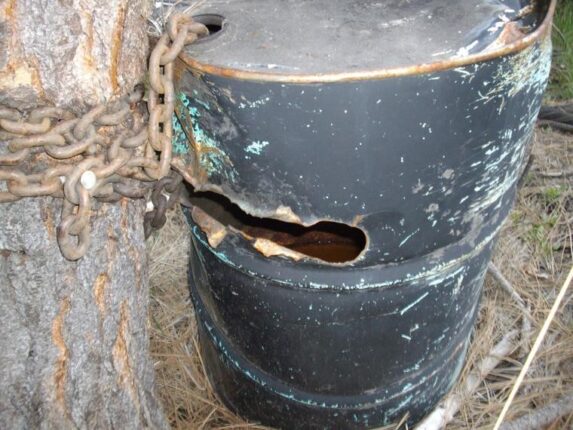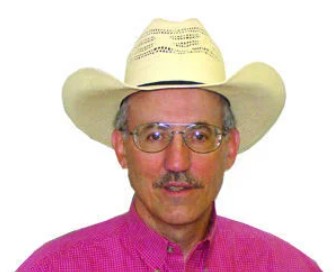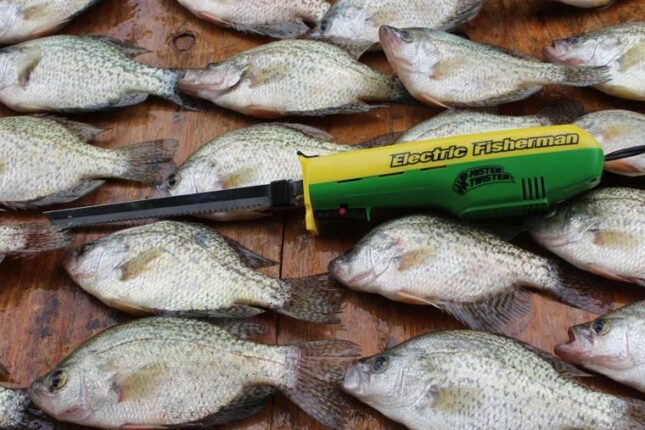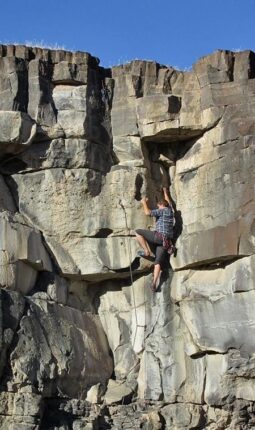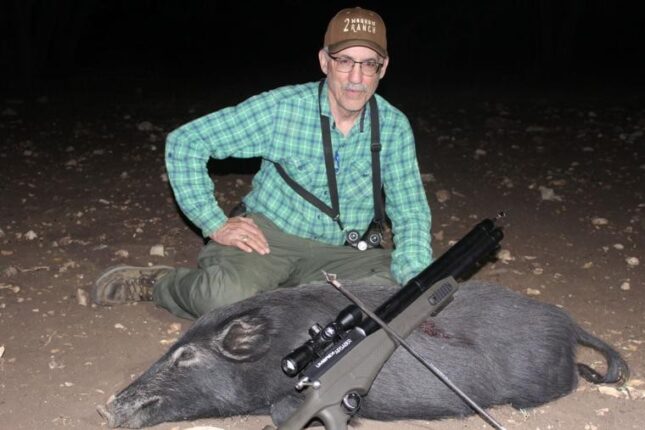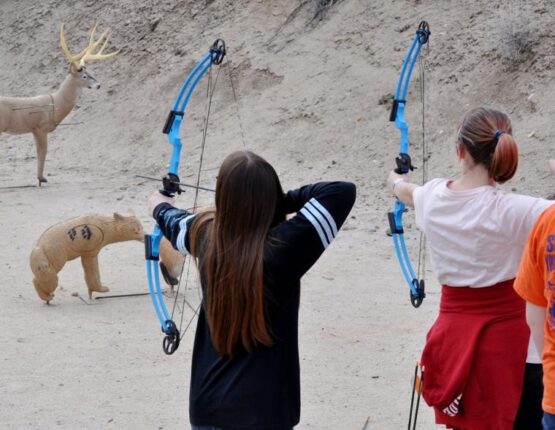Turkey hunting has gotten wildly popular in Idaho the last 15-20 years and there is no sign of it slowing down. Many people look down their noses at the intelligence of turkeys. It is even derogatory to call someone a turkey. For you, come see me in a couple of years after you’ve tried to outsmart an old gobbler.
Why is turkey hunting so popular? After thinking on that question for a minute I’d have to list multiple reasons. First, many people compare it to elk hunting. Many people hunt turkeys in the mountains. You’re setting up and trying to call them in just like when elk hunting.
Secondly, even if you set in a blind you’re using decoys and calling. So you’re interacting with them which makes it fun. In some ways it’s like a chess game. The old lead hen starts talking and you start calling over the top of her. She comes prissing over to set straight what she thinks is a mouthy little hen.
And of course the gobbler is following right behind her. So, there’s a lot of angles that you play.
I’ve hunted with people that have access to farmland where there are a lot of turkeys. In those scenarios it works to set up a blind. You’ll want a chair and a tripod to shoot off of. You’ll want to throw out a few decoys. There’s some realistic 3-D decoys now.
But if I’m hunting up in the mountains, I’m running gunning so you can’t lug around a heavy 3-D decoy up there. The best decoys I’ve found for this type of hunting are made by Montana Decoys.
They’re a one-dimensional lightweight cloth decoy. It has a rod in it that you stick in the ground to hold it up.
Montana decoys has one that pops up in a square type of shape. I was up bear hunting a few years ago and set one up where I was baiting for bears. I figured I might as well multi-task. I put a rock in it so it’d stay up on a stump that I had set it on.
The next morning my decoy was AWOL. If you picked it up due to the rock bouncing around in it, I guess it would of felt like a real turkey was bouncing around trying to get away. I can only assume that a wolf did a drive-by on my decoy. With the rock bouncing in the decoy, he probably thought he had hold of a struggling turkey. I never did find that decoy.
Turkeys have unbelievable eyesight so you’ll want to camo to the max. Wear a facemask to cover your face and gloves since your hands will be the major source of your movement. I don’t worry about wearing all one pattern. I may wear one pattern for my cap/facemask, a different one for my jacket and a third one for my pants. Nature is not all one pattern, is it? No, it’s a splash of green, a splash this and a splash of that.
If you’re using shooting sticks try to set up so the birds will be coming in from your left and set up with your shooting sticks slightly to your left. Have your gun leaning on the shooting sticks ready so you don’t have to move excessively when they come in. But they don’t always cooperate. I’ve had to shoot them at all positions. I shot one a long time ago leaning upside down out of the window of a blind left handed with my rifle. So don’t expect them to act according to your playbook.
CALLING
You’ve got to learn how to call. When I was a kid, you learned on your own but now there are a million YouTubes, tapes and seminars to help you learn how to call. Ed Sweet, that was an Idaho State champion turkey caller and one of the best turkey callers that I know makes fun of calling unmercifully.
He used to always give me grief. But despite my horrible calling (according to him), I’ve called in a lot of birds.
So here’s my philosophy. Don’t worry about doing perfect textbook calling. People talk different don’t they? So do animals. I’ve called in I don’t know how many totally weird sounding elk that I thought were some new-to-Idaho California hunter that when they appeared turned up to actually be an elk. So here’s my advice. Learn how to gobble, cluck, purr, etc. Learn how to make the various sounds and when to use them. Don’t worry about sounding perfect.
There are a lot of calls out there. Which one should you use? Sixty years ago all we had were box calls.
They’re old-school and I still favor them. You have to chalk them up and if it was raining you had to keep them in a bread sack so they wouldn’t get wet or they’d quit working but now some of them have a coating on them so they’ll work even when wet. For instance, the Quaker Boys Hurricane or the 4-Play call which employs a forward mounted wheel that allows use of four striking rails.
So I love box calls but they keep your hands tied up so you’ve got to learn how to use a reed. That way you can have your gun up and still be calling. The push box call is so simple that a kid can use it to call turkeys. And you can tape it to the forestock of your shotgun so you can be calling right up until you shoot.
You’ll for sure want to carry a locator call. For whatever reason if you hit a locator call it will prompt a turkey to gobble which helps you locate them. I like a coyote howl but crow or peacock calls are also popular locator calls.
SHELLS & CHOKES
Sixty years ago we used our leftover lead 2-shot duck shells but now there are turkey loads that are super-efficient. HEVI-Shot, Kent and nearly all of the big boys make turkey loads.
You need to use a turkey choke which are super tight chokes. Aim at the neck, about 3-4 inches below the head. If you aim at the head half of the BBs go whistling harmlessly overhead.
Well, I could go on for another 500 words but we’re out of room so let’s end on a note of safety.
Everyone tells you to sit with your back against a tree so a hunter sneaking in doesn’t shoot you. Also, don’t set on a flat spot level with your decoys or another hunter may come sneaking in and shoot your decoy with you in line behind it.
Tom Claycomb lives in Idaho and has outdoors columns in newspapers in Alaska, Idaho, Utah, Nevada, Colorado and Louisiana. He also writes for various outdoors magazines and teaches outdoors seminars at stores like Cabela’s, Sportsman’s Warehouse and Bass Pro Shop. He can be reached via email at smileya7@aol.com.

